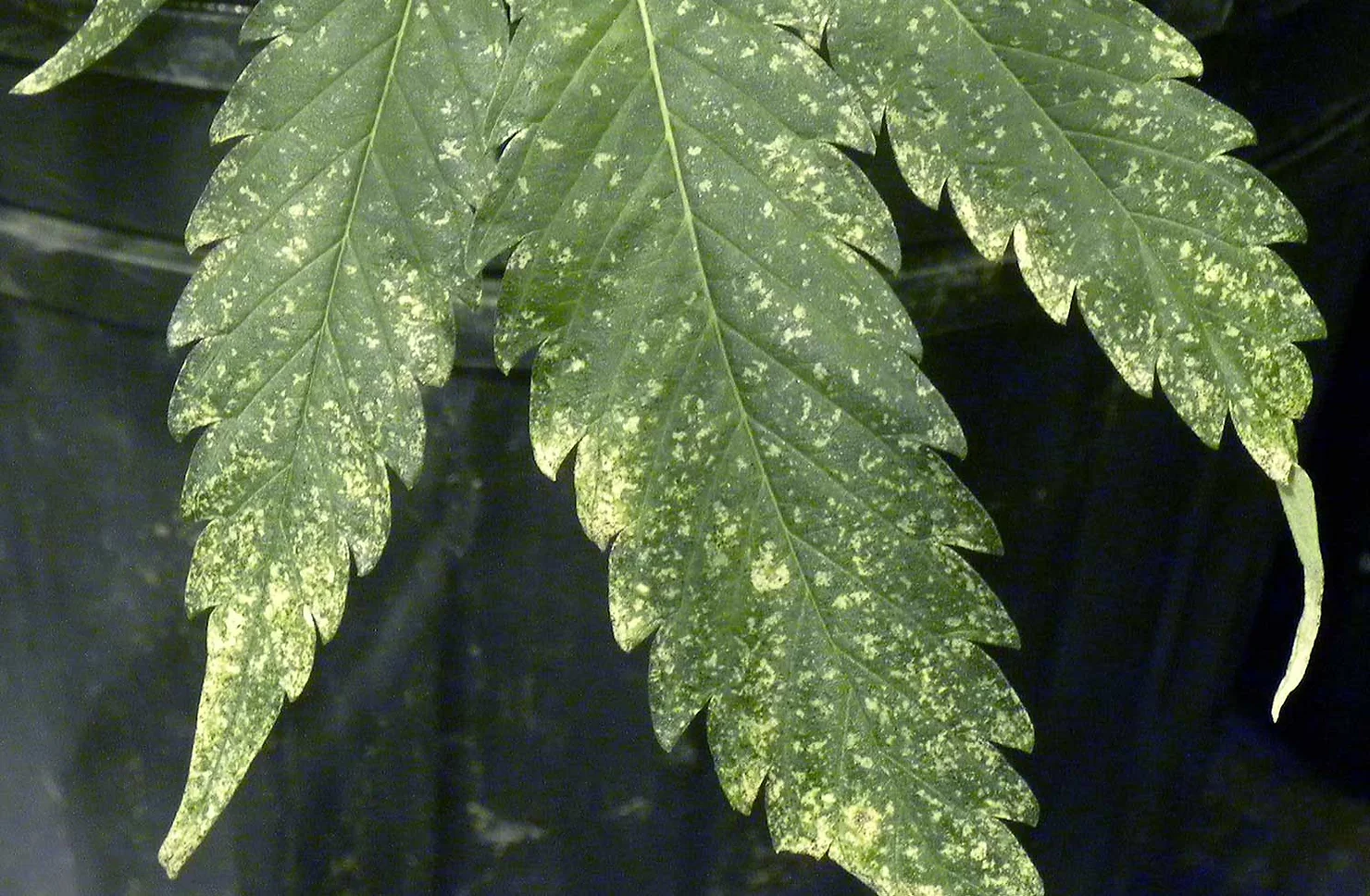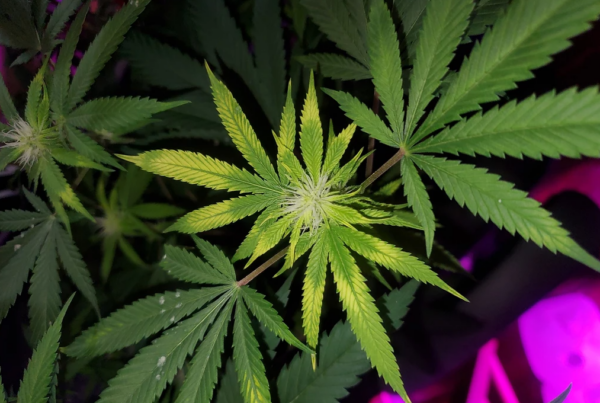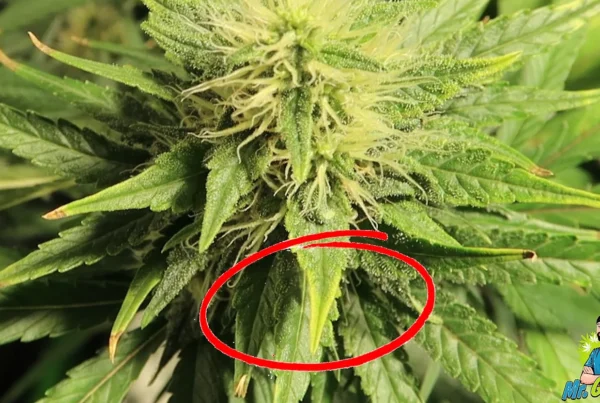As you have your sleeves rolled up and are in your garden, you can spot various problems. Nearly all of these problems can be tackled by taking a few easy steps. It is not always smooth sailing, but in the end, you will be able to get the best harvest by being proactive and acting swiftly. One common problem that you can come across while growing cannabis is thrips. Thrips are pests and therefore must be eradicated as soon as possible. This article will not only help you look for signs of thrips, but will also provide you with an exhaustive checklist of preventative measures and solutions to keep thrips away – so buckle up!
What are Thrips?
Thrips are small and slender insects belonging to the order of Thysanoptera. Here is a fun fact: The Greek word ‘thysanos’ means fringe and ‘petra’ means wing, so, Thysanoptera translates to wings that have fringes. Thrips are usually 1 to 2 mm in size. Adults can be wingless as most of the species are parthenogenetic but wings with fringes of long hair can also be present. The pale nymphs cannot fly and have a thin worm-like appearance. The species most likely to attack a cannabis plant is Frankliniella Occidentalis and they are yellowish golden in color. Thrips can quickly fly from one plant to another.
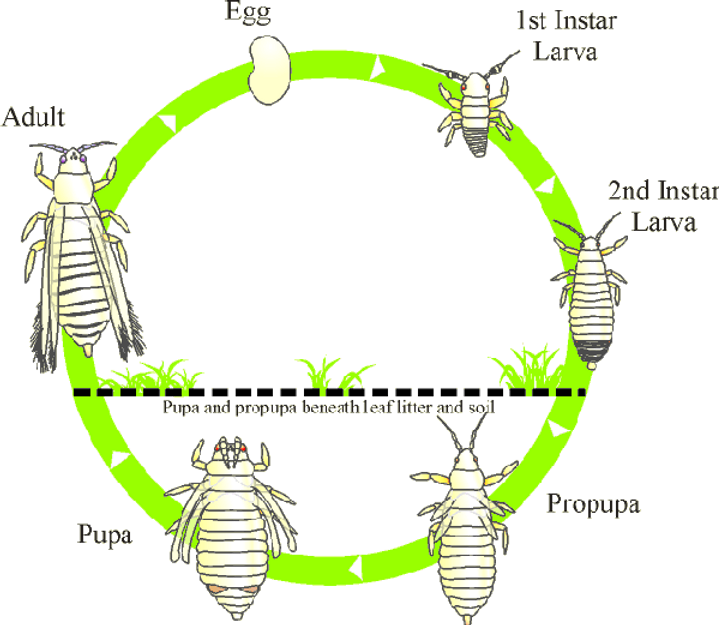
Signs of a Thrips Infestation
Thrips puncture the leaves to suck the sap, leaving behind irregular shiny silvery spots. This results in loss of chlorophyll and the impacted leaves eventually die. They may be difficult to see since they are tiny, but you can always catch one crawling. If you have placed yellow sticky traps in your grow room, you may see thrips stuck on them. If you have spotted thrips in your grow room, you need to start treatment immediately as this pest can be pretty resilient.
Look for these signs of thrips infestation:
- Irregular silvery or bronze spots
- Adult or nymphs crawling on the leaves – especially in the middle and low areas
- Dry and brittle leaves
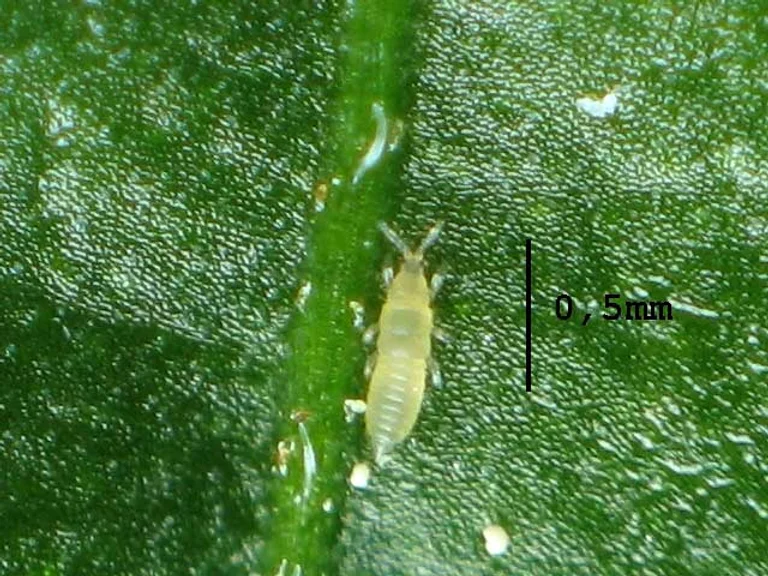
Thrips Treatment
You can control thrips if you act quickly. First, prepare a game plan for the treatment. Then, execute that game plan. You can choose to treat them organically, with predators, or even purchase pesticides considering your preference and how bad the infestation is.
Treat Thrips Organically
- Neem Oil: Neem oil is many growers’ favorite as it is an organic solution and just as effective. It also works as a repellent, so, you can use it as a treatment and a preventative measure. Neem oil is not only effective against thrips but numerous other pests. Use a mister or pressure sprayer to spray neem leaves on the leaves. It can leave the smell on buds, so it is recommended to not use it near the buds.
- Insecticidal Soaps: Potassium Fatty Acids based soap is another biological solution that is effective against numerous pests. They work by thinning the exoskeletons of thrips and therefore will work best when the coverage of the plant is good. These do not leave much residue but still follow the instructions when you use them.
- Sticky Traps: This is not the most effective solution but will catch the fast-moving flying adult. It will also help track the progress made with treatments.
Treat Thrips with Predators
- Orius insidiosus: You can purchase these thrips predators that prey on thrips in all life stages. They also fly which makes them all equipped for combat. Besides thrips, Orius will also defend your plant against other pests.
- Lady Bug Larvae: You can purchase ladybugs and ladybug larvae to eradicate pesky thrips. These larvae eat the thrips and therefore work as natural predators.
- Predator Nematodes: Get either Steinernema carpocapsae or Heterorhabditis Hellipthedis to get rid of thrips. These nematodes will only help with the eggs and small larvae of the thrips.
Treat Thrips with Pesticides
- Pyrethrins: Although Pyrethrin-based products are effective against thrips, they can be toxic to bees. Using this product where bees are present is not recommended. See the instructions for the specific amount of product that needs to be mixed in a gallon of water. Use a mister or sprayer to spray the leaves with the mixed solution.
- Spinosad Concentrated Products: Spinosad products are organic and harmless. Spinosad is the result of the fermentation of soil bacteria. You can spray these products without worrying about them adversely affecting your cannabis plants. This product can also be used directly on the roots. Mix this product only when you are going to use it. Also, it is recommended to use it within 24 hours.

How to Prevent Thrips
Prevention is better than cure when it comes to pests. Although you can treat thrips by using the list of solutions given above, it is better to prevent this pest from taking over in the first place.
Here is what you can do to prevent thrips in cannabis plants:
- When you start growing cannabis, sanitize your grow room and grow space. Eliminate any dead plant matter that you have in the area
- Keep sticky traps or insect adhesive strips in the grow room. This measure will help you detect any pests in the grow room early on.
- Keeping predatory species like Orius in the grow room will help eradicate the pests before they can take over
- You can use natural solutions like potassium soap once in a while to keep the pests away
- Refrain from bringing other plants in the vicinity of your grow room without first quarantining them for a few days
- Keep the grow room’s temperature, humidity and other environment conditions in their ideal ranges
The preventative measures and solutions above will help you combat thrips and eradicate them. You can always mix and make a combo of different treatments for better results. Remember to be patient and consistent when treating your cannabis plants and you will set them on the path to recovery in a short amount of time.
![]()

